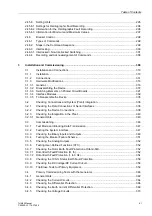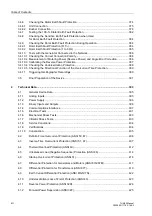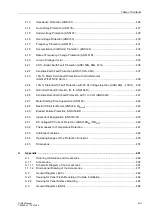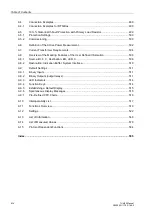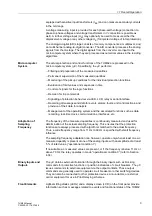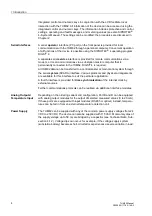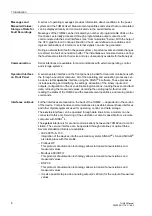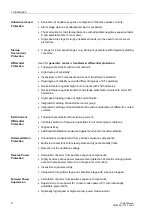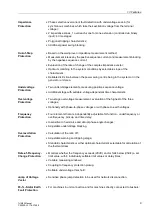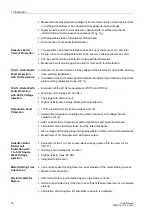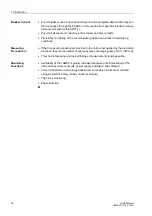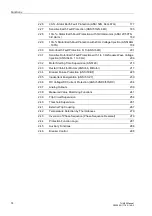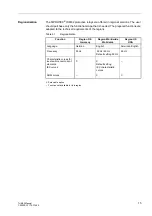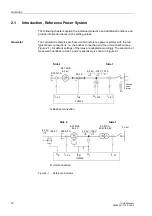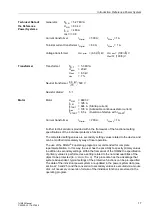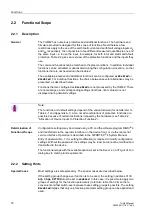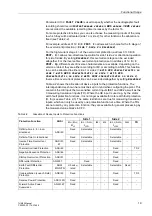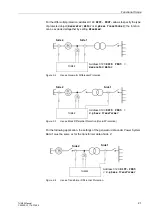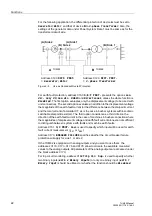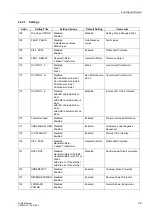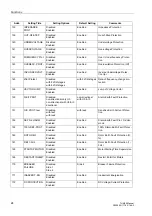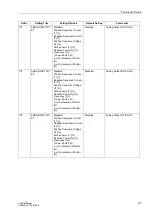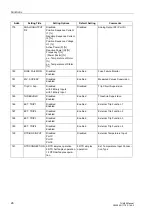
1.3 Features
11
7UM62 Manual
C53000-G1176-C149-3
•
Different prolongation of cool-down time constants for rest/operation period is taken
into consideration;
•
Disabling of the start inhibit is possible if an emergency start-up is required.
Breaker Failure
Protection
•
Breaker failure condition determined by current flow after a trip signal has been
issued, or the breaker position indication (binary input) can be evaluated;
•
Breaker failure protection initiated by the tripping of any integrated protective
element that trips the circuit breaker (internal start);
•
Initiation possible through a binary input from an external protective device
(external start).
Inadvertent
Energization
•
The inadvertent accidental energizing protection serves to limit damages by
accidental connection of the standing generator by a fast actuation of the generator
breaker;
•
Evaluation of negative sequence component of the three phase currents;
•
Released by operational condition check, undervoltage supervision, and fuse
failure monitor.
DC Voltage/DC
Current Protection
•
DC voltage detection via integrated isolating amplifier (measuring transducer);
•
Suited for measurement of small DC currents;
•
Can be set for overvoltage (overcurrent) or undervoltage (undercurrent);
•
Optional average value or true r.m.s. value formation; the latter is suited to AC
voltage measurement.
Analog Outputs
•
Output of up to four analog operational measured values (depending on the variant
ordered).
Threshold
Supervision
•
6 freely assignable indications for threshold supervision;
•
Realization of fast supervision tasks with CFC.
Temperature
Detection Using
Thermoboxes
•
Detection of any ambient or coolant temperature using external thermoboxes and
external temperature detectors (RTDs).
Phase Rotation
Changing
•
Selectable L1, L2, L3 or L1, L3, L2 with a setting (static) or binary input (dynamic).
User-Defined
Functions
•
Internal and external signals can be logically combined to establish user-defined
logic functions;
•
All common logic functions are available for programming (AND, OR, NOT,
Exclusive OR, etc.);
•
Time delays and limit value inquiries are available;
•
Processing of measured values, including zero suppression, adding a knee
characteristic for a transducer input, and live-zero monitoring.

